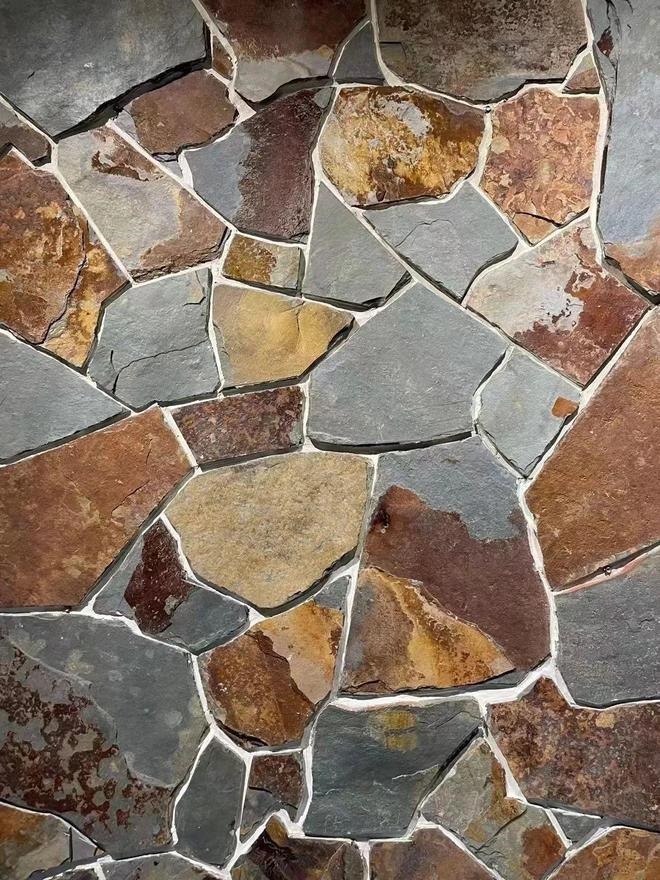Introduction
Cultured stone, also known as manufactured stone or faux stone, is a popular building material used for both interior and exterior applications. It provides the look and feel of natural stone at a fraction of the cost, making it a desirable choice for many homeowners and builders. However, like any other building material, cultured stone can be subject to wear and damage over time. In this comprehensive guide, we will explore the various types of cultured stone, common issues that may arise, and detailed steps for repairing and restoring cultured stone to its original beauty.
Types of Cultured Stone
Before delving into the repair process, it is important to understand the different types of cultured stone available in the market. Cultured stone products are typically made from a mixture of cement, aggregates, and pigments that are molded and colored to resemble natural stone. There are several types of cultured stone, each with its own unique characteristics:
1. Manufactured Veneer Stone: This type of cultured stone is designed to mimic the appearance of natural stone veneer. It is lightweight and easy to install, making it a popular choice for both interior and exterior applications.
2. Architectural Stone: Architectural cultured stone is often used for larger projects such as building facades and landscaping features. It is available in a wide range of shapes, sizes, and colors to suit various design preferences.
3. Cultured Brick: Cultured brick is another popular option for adding a rustic and timeless look to a building. It is often used for creating accent walls, fireplaces, and outdoor kitchens.
4. Fieldstone: Fieldstone cultured stone is designed to replicate the irregular shapes and textures of natural fieldstone. https://www.fs-slate.com/mosaic/ is commonly used for creating a rustic and natural-looking façade.
Common Issues with Cultured Stone
Despite its durability, cultured stone is not immune to damage and wear over time. Some of the common issues that may arise with cultured stone include:
1. Cracks: Cracking can occur in cultured stone due to factors such as settling of the building, improper installation, or impact damage. Cracks not only detract from the appearance of the stone but can also compromise its structural integrity.
2. Staining: Cultured stone is susceptible to staining from various sources, including water, dirt, mold, and mildew. Stains can detract from the beauty of the stone and make it look dull and unattractive.
3. Chipping: Chipping is another common issue with cultured stone, especially in high-traffic areas or where the stone is exposed to impact. Chipped areas can be unsightly and may require repair to prevent further damage.
4. Fading: Over time, cultured stone may fade due to exposure to sunlight and harsh weather conditions. Faded stone can make a building look aged and worn, diminishing its curb appeal.

Repairing Cultured Stone
Repairing cultured stone requires careful attention to detail and the use of appropriate tools and materials. Depending on the extent of the damage, repairs can range from simple cosmetic fixes to more extensive restoration work. Here are the steps involved in repairing cultured stone:
1. Assess the Damage: The first step in repairing cultured stone is to assess the extent of the damage. Inspect the stone carefully to identify any cracks, chips, stains, or fading. Take note of the location and size of the damaged areas to determine the best course of action.
2. Clean the Stone: Before making any repairs, it is important to clean the cultured stone to remove dirt, debris, and stains. Use a mild detergent and water solution to gently scrub the surface of the stone, taking care not to damage the finish.
3. Repair Cracks: Cracks in cultured stone can be repaired using a high-quality stone repair kit. These kits typically contain epoxy or resin-based fillers that can be applied to the crack and sanded down to blend with the surrounding stone. Follow the manufacturer's instructions carefully to ensure a proper repair.
4. Fill Chipped Areas: Small chips in cultured stone can be filled using a color-matched patching compound. Apply the compound to the chipped area and smooth it out with a putty knife. Once the compound has dried, sand it down to match the texture of the surrounding stone.
5. Remove Stains: Stains on cultured stone can be removed using a mild cleaning solution and a soft brush. For stubborn stains, consider using a commercial stone cleaner or poultice. Apply the cleaner to the stained area and allow it to sit for the recommended time before rinsing it off.
6. Restore Faded Stone: To restore faded cultured stone, consider applying a stone sealer or enhancer. These products can help bring back the color and luster of the stone while providing protection against future fading. Follow the manufacturer's instructions for application and reapplication as needed.
7. Maintain the Stone: After repairing and restoring cultured stone, it is important to maintain it properly to prevent future damage. Regular cleaning, sealing, and inspection can help prolong the life of the stone and keep it looking its best for years to come.
Conclusion
Cultured stone is a versatile and durable building material that adds character and charm to any home or building. While it may experience wear and damage over time, with proper care and maintenance, cultured stone can be restored to its original beauty. By following the steps outlined in this comprehensive guide, homeowners and builders can effectively repair and restore cultured stone, ensuring that it remains a timeless and elegant feature for years to come.
